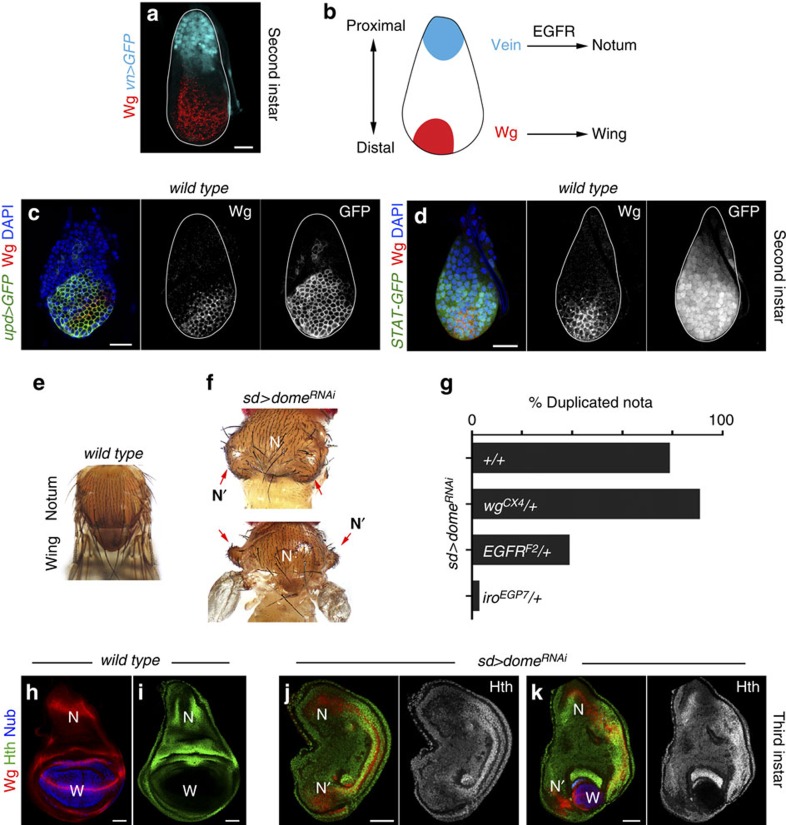Figure 1. Failure to specify wing fate in the absence of JAK/STAT signalling.
(a,c,d) Wing primordia of second instar larvae labelled to visualize expression of Wg protein (red or white (a,c,d)), vn (cyan (a), in vn-gal4, UAS-GFP), upd (green or white (c), in upd-gal4, UAS-myrGFP), the activity of the JAK/STAT pathway (green or white (d), in 10xSTAT-GFP larvae) and 4,6-diamidino-2-phenylindole (DAPI; blue). The contour of the wing discs is marked by a white line. (b) Cartoon depicting the roles of Wg and Vn in the specification of wing and notum territories. (e,f,h–k) Adult thoraxes (e,f) and mature wing primordia (h–k) of wild-type male individuals (e,h,i) or male individuals expressing domeRNAi under the control of the sd-gal4 driver (f,j,k). Wing primordia were stained for Wg (red, h,j,k), Nub (blue, h,j,k) and Hth (green or white, i–k). Wing territory (W), endogenous nota (N) and duplicated nota territories (N′) are marked. Red arrows in f point to the duplicated nota (N′). Adult thoraxes are illustrative examples of complete or partial duplications of the notum structures. Scale bars, 20 μm (a,c,d) or 50 μm (h–k). (g) Histogram plotting the percentage of duplicated nota in the following genotypes: (1) sd-gal4/Y; UAS-domeRNAi/+; UAS-dcr2/+ (79.4%, n=102 heminota). (2) sd-gal4/Y; UAS-domeRNAi/wgCX4; UAS-dcr2/+ (91.5%, n=106 heminota). (3) sd-gal4/Y; UAS-domeRNAi/egfrF2; UAS-dcr2/+ (39.1%, n=197 heminota). (4) sd-gal4/Y; UAS-domeRNAi/+; iroEGP7/UAS-dcr2 (2.8%, n=180 heminota). Only male individuals were scored for each genotype.

